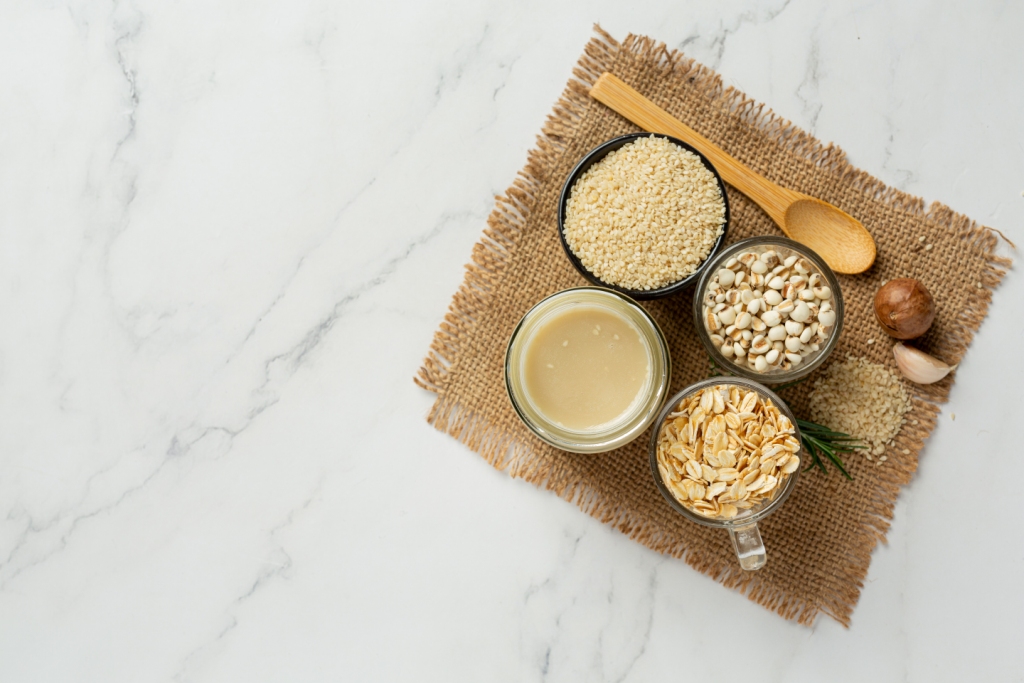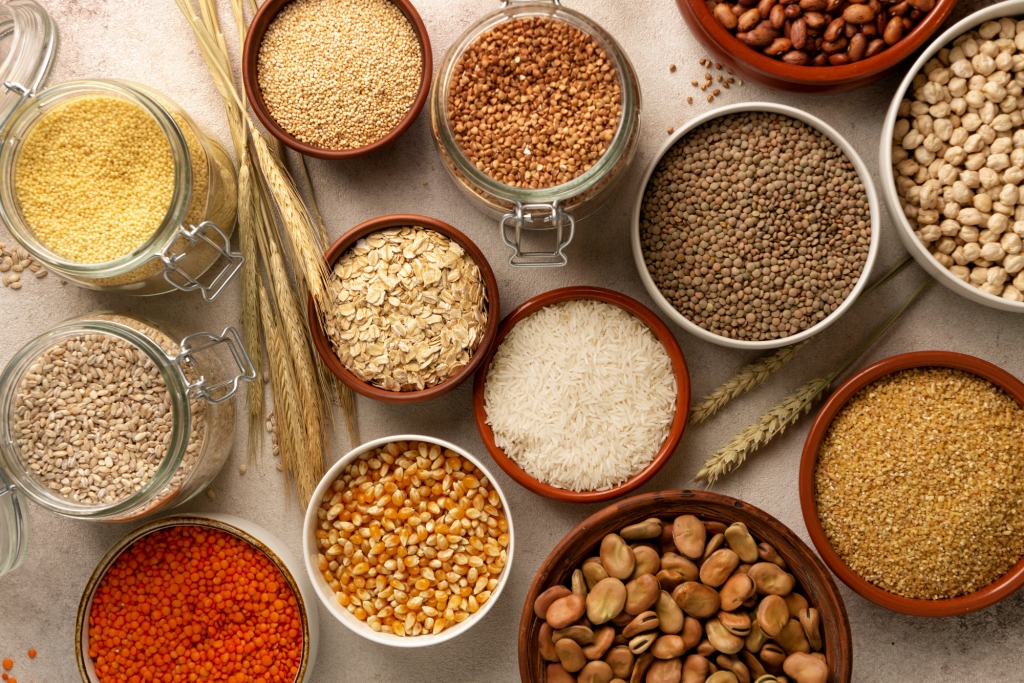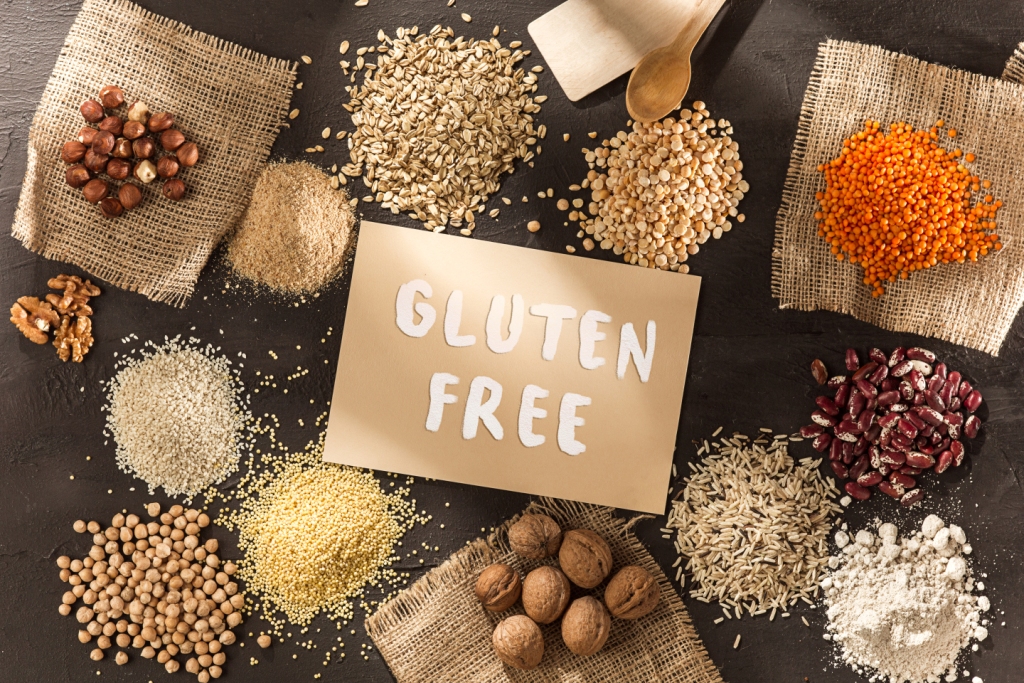Why Millets are better than some of the other regular grains and why you should include them in your diet more
Millets like ragi, jowar, bajra and buckwheat are the humble grains which were cherished by our grandparents. They are small-seeded grasses that have been cultivated for thousands of years in various parts of the world. These grains offer numerous health benefits and are often a better choice than some of the more commonly consumed grains like rice and wheat. They are tiny but they are packed with nutrition and should be regarded as superfoods.
This year, 2023, has been declared by the United Nations as the International Year of the Millet on a proposal given by our Government of India. This is an indication that we should recognise the value of these forgotten grains and bring them back into our daily diets. Here are some advantages of bringing millets in your daily diet:
More Nutrients
Millets are full of essential nutrients and are also excellent sources of dietary fibre, which aids in digestion and helps maintain a feeling of fullness. Millets are rich in vitamins such as B-complex vitamins and minerals like iron, magnesium, phosphorus, and zinc. These nutrients are requiredfor various bodily functions, including energy production, bone health, and immune support.
Low Glycemic Index
One advantage of millets is their low glycemic index (GI) compared to regular grains. Foods with a high GI can lead to rapid spikes in blood sugar, followed by crashes, which can contribute to weight gain and type 2 diabetes. Millets have a lower GI, which means they release glucose into the bloodstream more slowly, providing sustained energy and helping to stabilize blood sugar levels. This makes millets an excellent choice for individuals looking to manage their weight or control their blood sugar.
Gluten-Free
Another reason to consider incorporating millets into your diet is that they are naturally gluten-free. Regular grains like wheat contain gluten, which can be problematic for individuals with celiac disease or gluten sensitivity. Millets offer a safe and nutritious alternative for those who need to avoid gluten in their diet.
High Protein Content
Millets contain more protein than many regular grains, making them an ideal choice for vegetarians and vegans looking to meet their protein needs. Protein is essential for muscle growth, repair, and body function, making millets a valuable addition to any diet.
Versatility in the Kitchen
Millets can be used in a wide range of dishes. They can be cooked as a substitute for rice, used to make porridge, added to soups and stews, or ground into flour for baking. The diverse array of millet varietiesallows for experimentation in the kitchen and the creation of unique and delicious dishes.
Incorporating millets into your diet is always a wise choice. They also require fewer resources to cultivate, making them a sustainable option for the future of agriculture. So by including millets in your meals more often, you can enjoy a healthier diet and contribute to a more sustainable food system. So, next time you plan your meals, consider giving millets a prominent place on your plate.

Shared By : Dr Hansaji Yogendra
Authors Bio : The author is the director of The Yoga Institute, the oldest organized yoga centre in the world, established in 1918. She is also the president of the Indian Yoga Association and the International Board of Yoga. She is the author of more than 50 books, one among them being ‘Sattvik Cooking: Modern Avatars of Vedic Foods’






